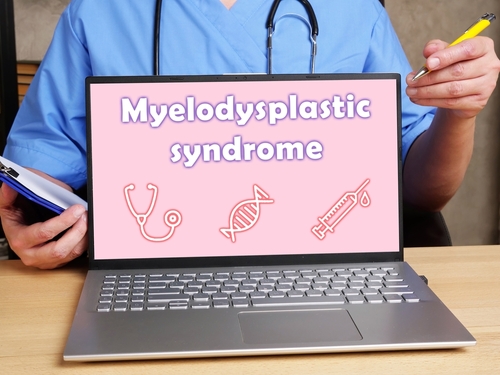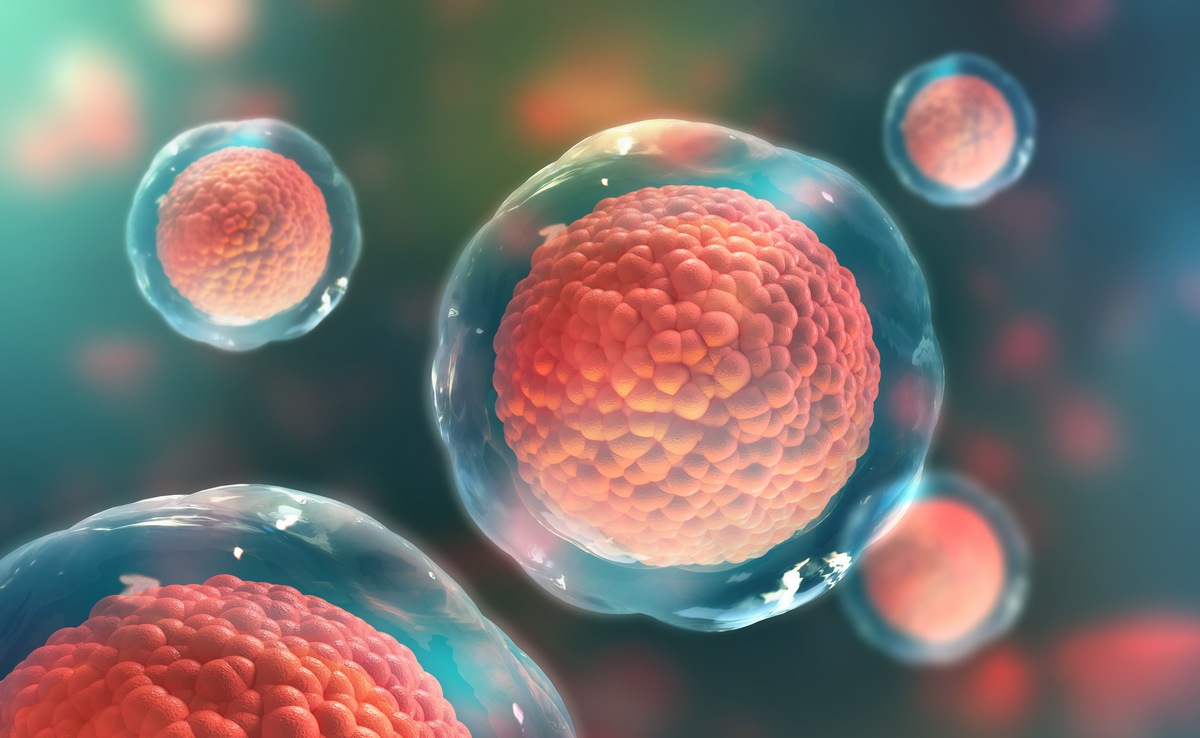
Patients treated with chemotherapy for nearly all solid cancers have an increased risk of therapy-related myelodysplastic syndrome or acute myeloid leukemia (tMDS/AML), according to a recent study.
Although tMDS/AML is a rare chemotherapy complication, it is oftentimes fatal. “With the introduction of new chemotherapeutic agents, expanded indications for established agents, and increased neoadjuvant and adjuvant chemotherapy, tMDS/AML risks in the modern age are poorly understood,” the researchers wrote.
Cancer registries from the Surveillance, Epidemiology, and End Results (SEER) Program and Medicare claims were queried to collect data on 700,612 adults aged between 20 and 84 years, of whom 1,619 developed tMDS/AML. Patients received their primary solid cancer diagnosis between 2000 and 2013 and were followed until 2014. All patients received initial chemotherapy and survived for at least one year. Researchers also gathered SEER data linked with chemotherapy-related Medicare claims in 165,820 adults aged between 66 and 84 years who also started chemotherapy between 2000 and 2013.
Of the 1,619 tMDS/AML patients, mean age was 64.3 years, and patients were 70.9% female. The risk of tMDS/AML was significantly higher after chemotherapy to treat 22 out of 23 solid cancers—the only exception being colon. Relative risks ranged greatly, from 1.5 to greater than 10, as did excess absolute risks, from 1.4 to greater than 15 cases per 10,000 person-years compared to the general population. More than three-quarters (78.4%, n = 1,270) of patients diagnosed with tMDS/AML died (median overall survival, 7 months).
“In the SEER-Medicare database, use of known leukemogenic agents, particularly platinum compounds, in initial chemotherapy increased substantially since 2000, most notably for gastrointestinal tract cancers (esophagus, stomach, colon, and rectum; 10% in 2000-2001 to 81% during 2012-2013),” the study authors wrote.
“Continued efforts to reduce treatment-related adverse events, particularly for solid cancer patients with favorable prognosis, are needed,” the researchers added.
Initiation of Biosimilar Filgrastim Within 24-72 Hours of Chemotherapy Reduces Neutropenia
Adjuvant chemotherapy for stage I ovarian clear cell carcinoma: Patterns of use and outcomes
Source: JAMA







 © 2025 Mashup Media, LLC, a Formedics Property. All Rights Reserved.
© 2025 Mashup Media, LLC, a Formedics Property. All Rights Reserved.